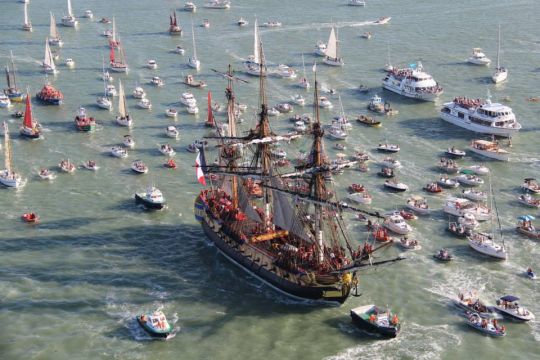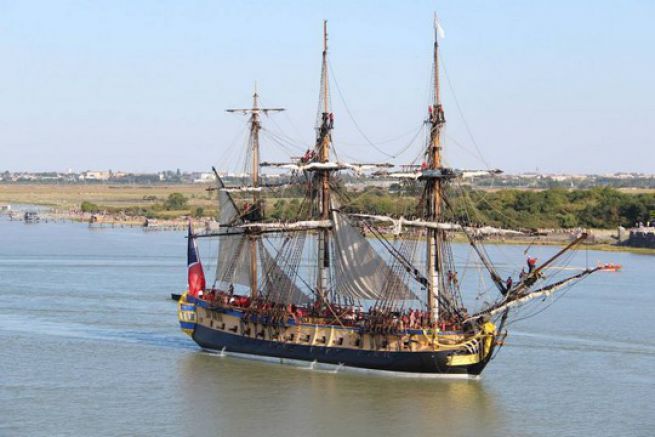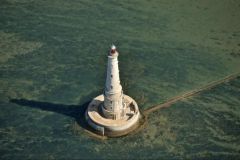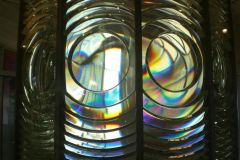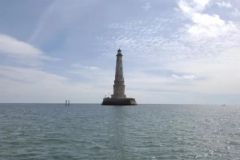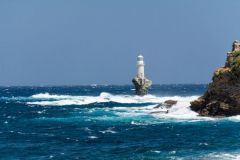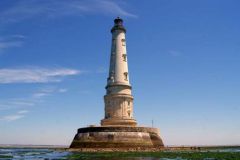A ship symbol of freedom
In 1776, the American insurgents campaigned for the independence of the English colonies in North America. Gilbert Mortier, Marquis de la Fayette, rallied to the cause of the militants and convinced Louis XVI to provide military and financial aid to the troops of General Washington. On March 21, 1780, the young Major-General de La Fayette boarded the Hermione to join the American insurgents and fight alongside them. After 38 days of crossing, he informed General Washington of the arrival of French reinforcements and eighteen months later, he won numerous victories on the side of the Americans.

A ship built in almost a year by hundreds of workers
In 1778, the Hermione was built in the Rochefort arsenal. Built according to the plans of the engineer Chevillard Aîné, the ship measured more than 65 meters overall and its sail area of 1,500 m2 was spread over three masts. She belongs to the category of so-called light frigates, which allows her to be fast and maneuverable. On board, 26 cannons firing 12-pound cannonballs were installed, which earned her the name "12-pound frigate".
The Hermione required 11 months of work, carried out by hundreds of craftsmen (carpenters, blacksmiths, drillers, nail makers, caulkers) and convicts.
To bring a testimony of the French naval history
For the Hermione-La Fayette Association, rebuilding the frigate was a testimony to French naval history, a symbol of Franco-American fraternity, but also an exceptional heritage of the city of Rochefort. In July 1997, the association decided to embark on the reconstruction of the ship on which La Fayette joined the insurgents to fight alongside them in their quest for independence. The idea was also to carry out a crossing of the Atlantic on the tracks of La Fayette, from Rochefort to Boston.
Building a ship from the 18th century with current constraints
For the Hermione-La Fayette Association, the goal was to rebuild the frigate as faithfully as possible, but taking into account the current regulations regarding the navigability of a ship over 65 meters long, with three masts and a sail area of 2,200 m2. The Hermione required 17 years of work, 2,000 oak trees selected in the French forests, 400,000 parts to be assembled, 1,000 pulleysâ?¦ All of this was done by craftsmen from France, but also from all over the world (Germany, Great Britain, Spain, Sweden), as well as many volunteers.
It is based on the plans of a sister ship of the Hermione âeuros the originals having disappeared âeuros and on paintings that the frigate could be rebuilt, the original having sunk in 1793. The sum invested in this project is 25 million euros, financed by visitors to the shipyard but also by the communities and crowdfunding.
The crew, composed of 18 professionals and 54 volunteers, spent their first night on board, even though they have been living in the boat since September 1. Several weeks of training await the Hermione before she sets sail for America.
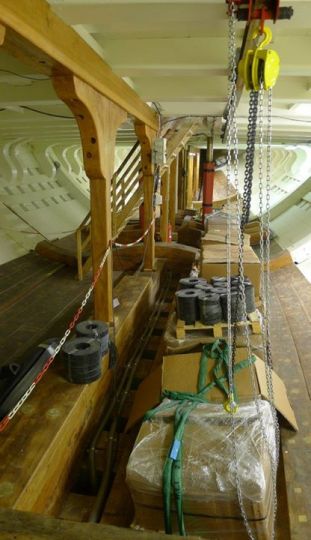
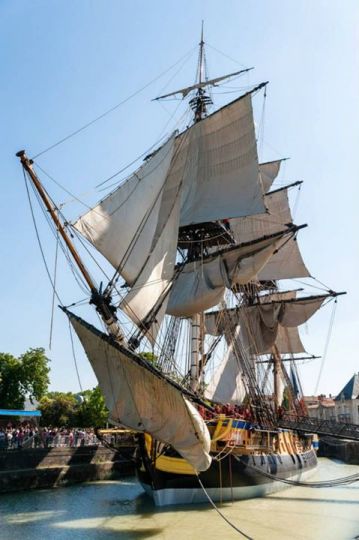
A high-profile first outing
It was on Saturday night that the Hermione made her first trip to the port of Rochefort. And it was on Sunday that she set sail for the island of Aix, under the eyes of tens of thousands of television viewers who accompanied her descent of the Charente, towards the Atlantic. This first navigation is the result of 17 years of hard work to bring back to life the mythical boat, but also the first steps of an adventure that will start in April 2015, towards the United States.

